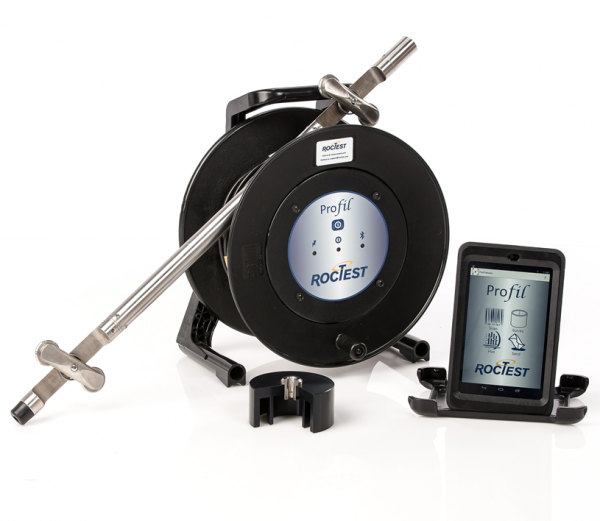Installation of Geotechnical Equipment
VIBRATING WIRE PIEZOMETERS
Legion Drilling can drill and install Vibrating wire (VW) sensors are used to monitor pore pressure in geotechnical and hydrological projects, including:
Slope stability studies.
Dewatering works.
Groundwater investigations and pumping tests.
Monitoring of dams and fill embankments.
Tailings.
VW piezometers can be installed in boreholes and open wells or embedded in fill materials.
The VW system consists of a magnetic coil and a tensioned wire connected to a diaphragm. When the wire gets excited by the magnetic coil, it vibrates at a frequency that depends on its tension. The frequency signal can then be processed, converted into a pressure value (since the wire tension is a function of external forces, i.e. pore pressure), and stored in a data logger.
BENEFITS OF VIBRATING WIRE PIEZOMETERS
Reliable signal transmission. With properly shielded cable, signals from the VW piezometer can be transmitted long distances.
Repeatable readings.
Groutable. The VW piezometer can be directly grouted-in with a bentonite-cement grout
Built-in temperature sensor.
Combined with data loggers for automated monitoring.
VW piezometers come in a variety of designs to suit varied applications and ground conditions.
INCLINOMETERS
Inclinometers systems are used to monitor subsurface movements and deformations. Legion Drilling provides inclinometer installations for a broad range of applications which include:
Detecting zones of movement and establishing whether movement is constant, accelerating, or responding to remedial measures.
Verifying stability of dams, dam abutments, and upstream slopes during and after impoundment.
Monitoring settlement profiles of embankments, foundations, and other structures (horizontal inclinometer).
The inclinometer probe is protected by a special purpose pipe which allows it to be installed in boreholes, landulls, cast to concrete or attached to structures. The inclinometer casing provides access for the probe, allowing it to obtain subsurface measurements. Grooves inside the casing control the orientation of the probe and provide a surface from which repeatable tilt measurements can be obtained.
THERMOCOUPLES
Thermocouples are electrical devices consisting of two dissimilar conductors which form electrical junctions depending on the temperature. One of the most widely used temperature sensors, thermocouples produce temperature-dependent voltage as a result of the thermoelectric effect.
Thermocouples are generally installed inside sonic drill casing to measure the temperature in stockpiles or landfills (where can be used as an indicator of aerobic and anaerobic activity). Some of our direct push equipment such as the MiHPT also include a thermocouple which can obtain temperature profiles in contaminated sites to investigate biodegradation phenomena.




